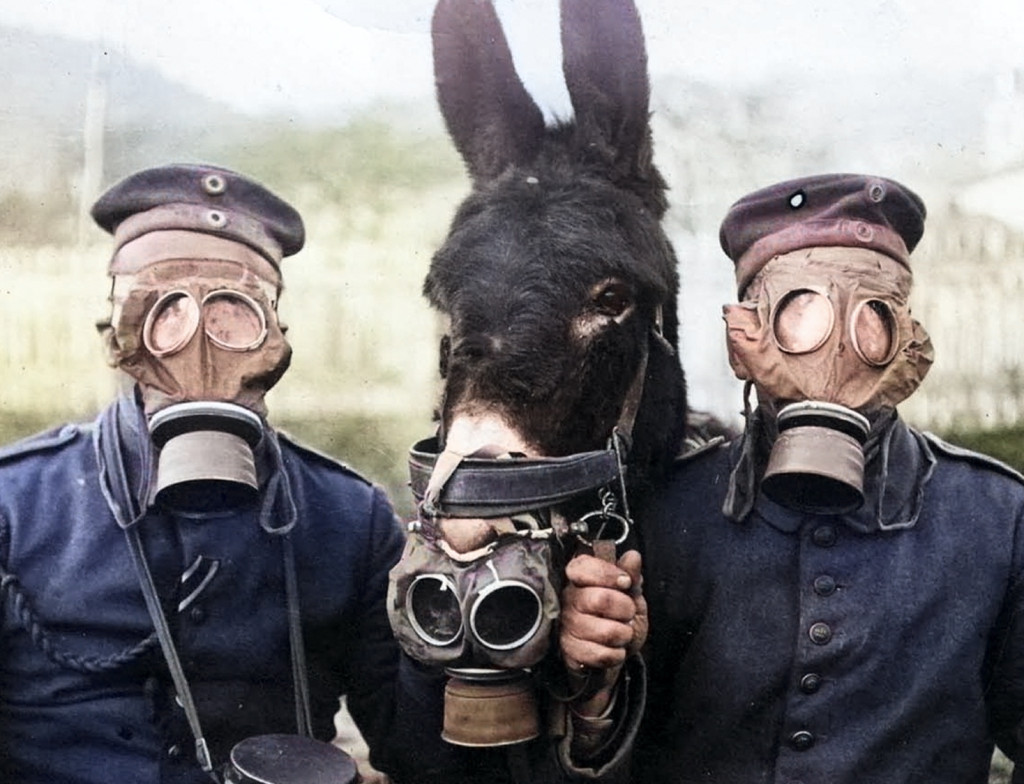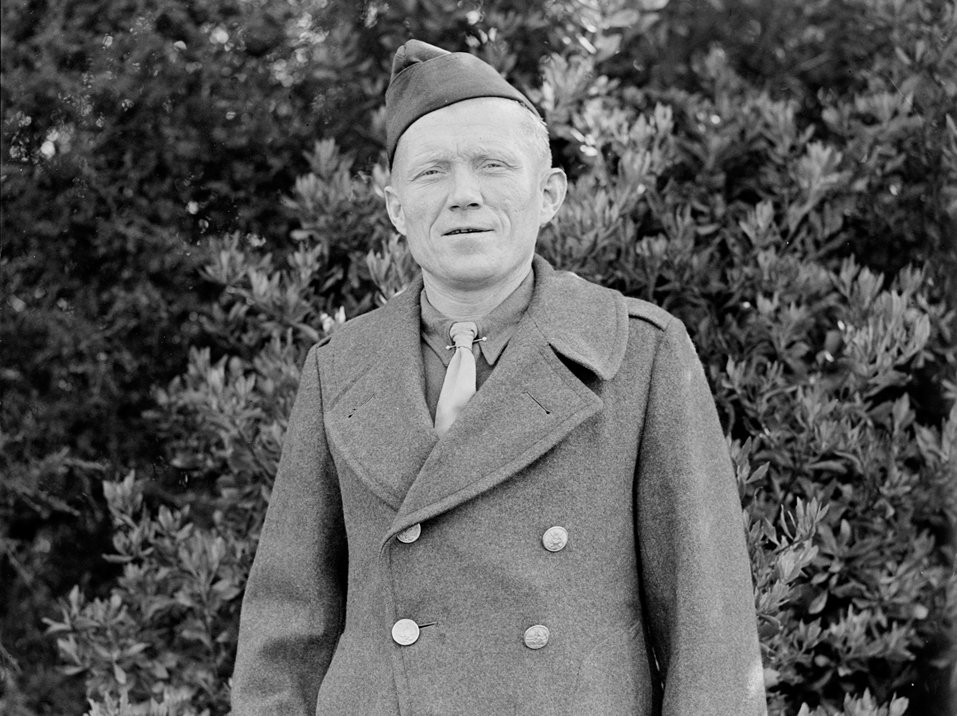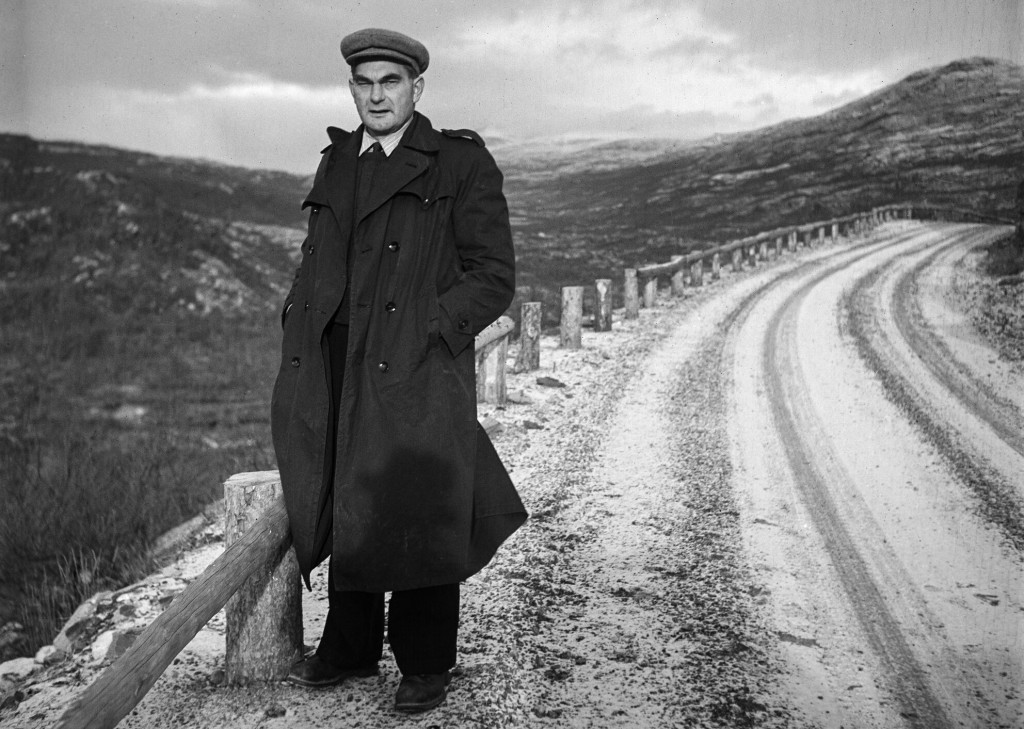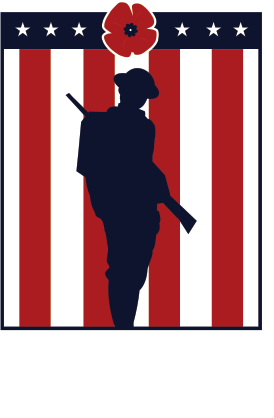Incredible Things Invented in World War I
Published: 10 February 2025
By Mark Schilling
via the HistoryExpose.com website

Things Invented in WWI header
Inventions To Come Out Of WWI
One of the more difficult realities is that there is a great deal of innovation that comes out of human conflict. From medical to technological advances, conflicts create a need and will often accelerate the development of products we now use every day. Here are some of the inventions that came out of WWI.
Trench Coats
Even though the name may be a giveaway, it is still surprising that the trench coat is a product of WWI. First becoming popular among British officers, the coats were functional and practical. The coats were heavier than the light overcoats used by enlisted men and they were cut well to allow for ease of movement.
Trench Coats
Since they were waterproof, they were ideal for the conditions in the trenches as opposed to wool. They also featured enough pockets, flaps, and rings to carry various pieces of equipment and within a month of the start of WWI, London retailers were selling trench coats to the general public.
Daylight Saving Time
A familiar nuisance to most of us, the idea of shifting time goes back centuries during different time periods. However, it was WWI where Daylight Saving Time was first standardized for an entire population. In April 1916, Germany enacted Daylight Saving Time to give people an extra hour of daylight in the evening, thus saving much-needed coal.
Daylight Saving Time
The idea caught on and soon the UK and other European countries followed suit. In 1918, the United States implemented Daylight Saving Time. And despite what most people seem to think, implementing Daylight Saving Time has nothing to do with farmers (who actually opposed implementing Daylight Saving Time)—it has always been about conserving energy.
Blood Banks
Although the medical knowledge was there, blood transfusions prior to WWI were rare, other than directly between two people. Because of the lack of reliable refrigeration, the shelf life of stored blood was too short. With improvements to electric refrigeration, the US and British armies established the first blood bank in 1917 on the Western Front.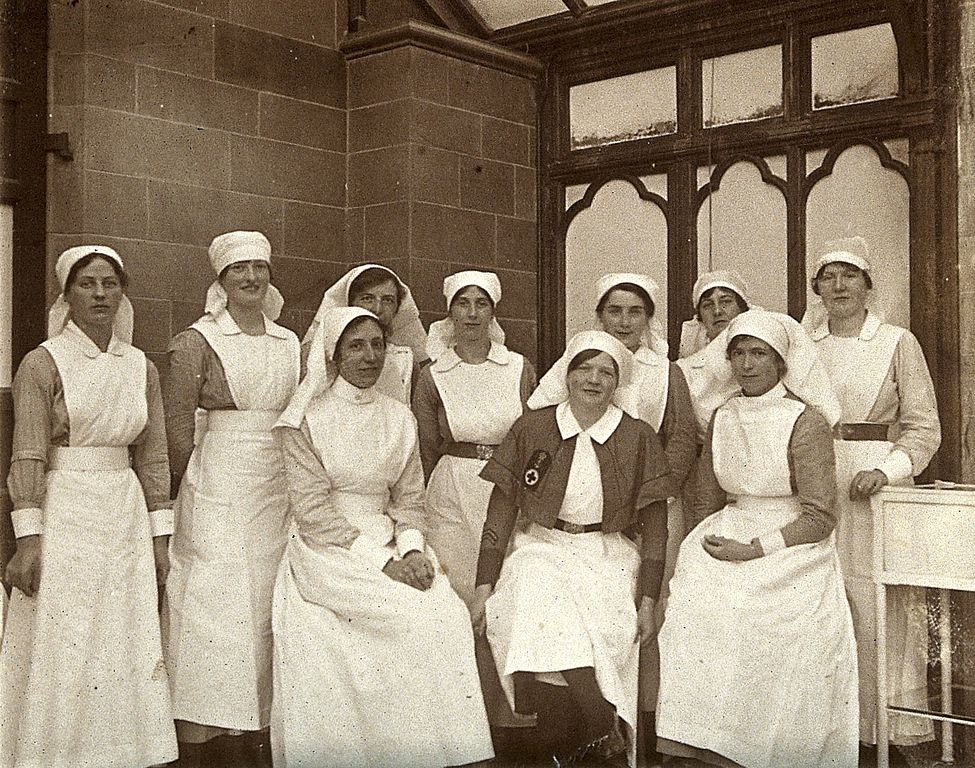
Blood Banks
Having blood available so close to the wounded at the front saved countless lives. Blood could be kept in storage for up to 28 days, while sodium citrate was added to prevent clotting.
→ Read the entire article on the HistoryExposé website.
External Web Site Notice: This page contains information directly presented from an external source. The terms and conditions of this page may not be the same as those of this website. Click here to read the full disclaimer notice for external web sites. Thank you.
